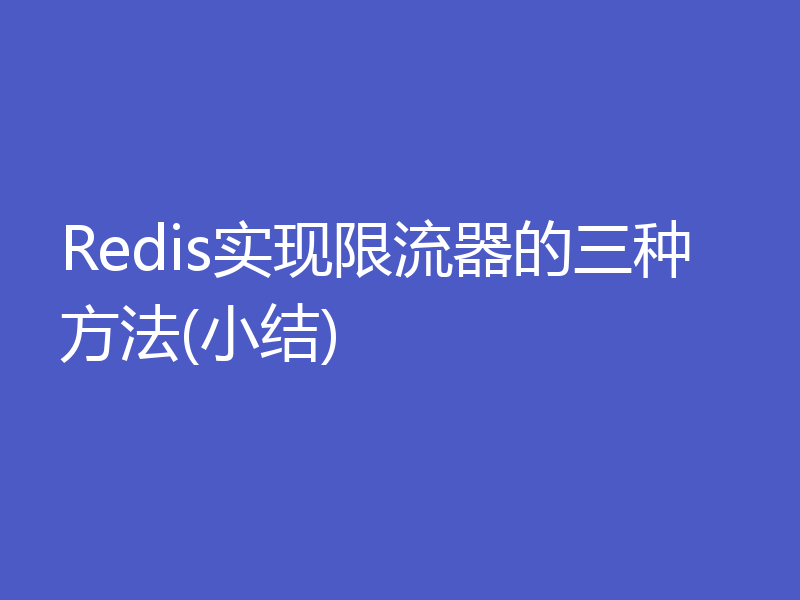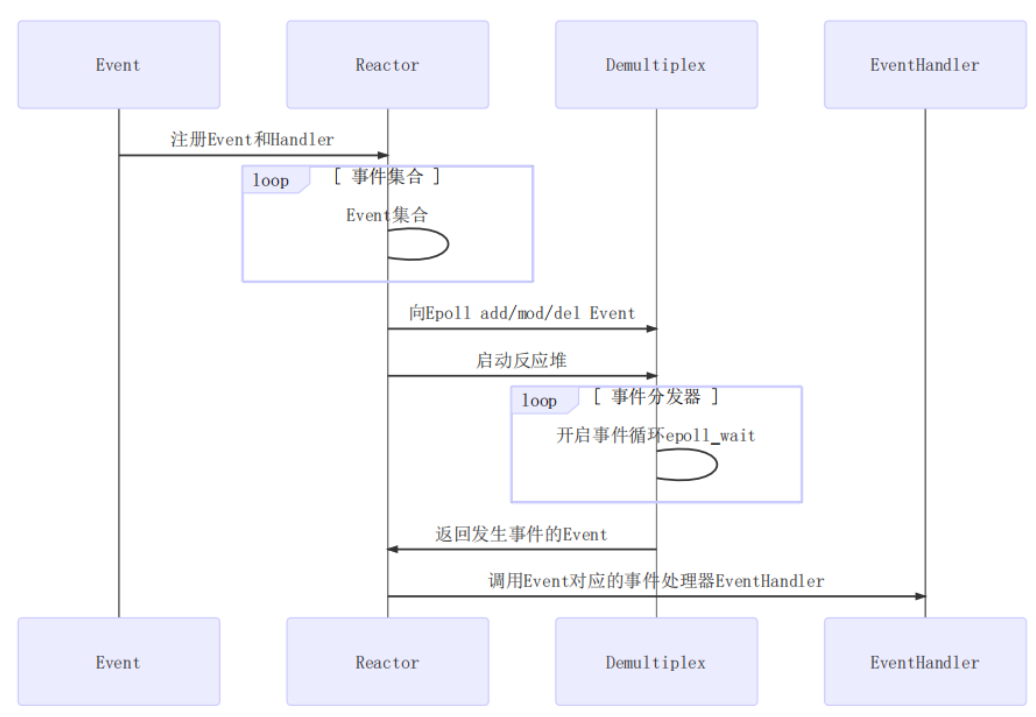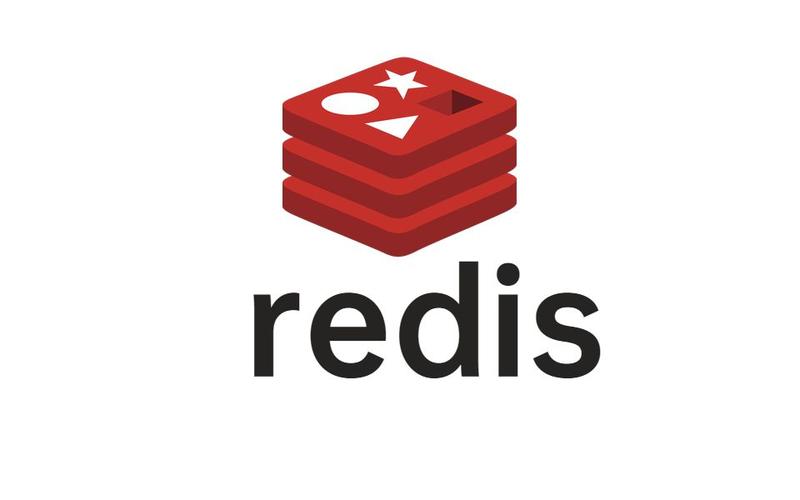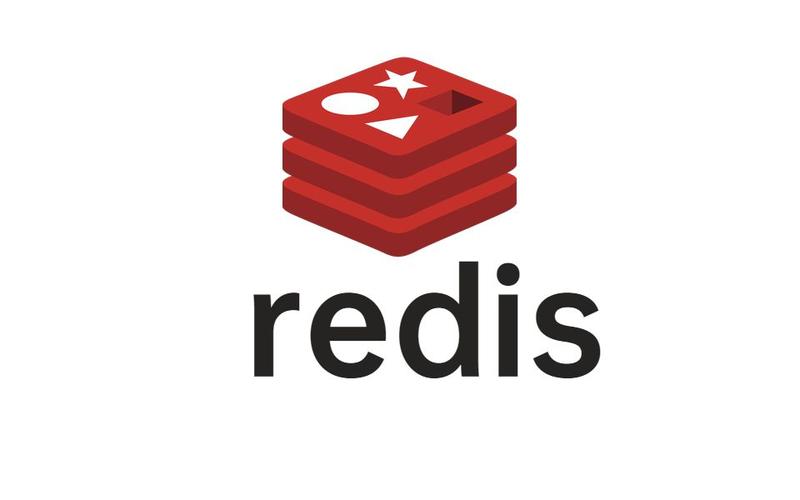使用AOP+redis+lua做方法限流的实现
来源:脚本之家
2023-01-07 12:06:48
0浏览
收藏
知识点掌握了,还需要不断练习才能熟练运用。下面golang学习网给大家带来一个数据库开发实战,手把手教大家学习《使用AOP+redis+lua做方法限流的实现》,在实现功能的过程中也带大家重新温习相关知识点,温故而知新,回头看看说不定又有不一样的感悟!
需求
公司里使用OneByOne的方式删除数据,为了防止一段时间内删除数据过多,让我这边做一个接口限流,超过一定阈值后报异常,终止删除操作。
实现方式
创建自定义注解
@limit让使用者在需要的地方配置count(一定时间内最多访问次数)、period(给定的时间范围),也就是访问频率。然后通过LimitInterceptor拦截方法的请求, 通过 redis+lua 脚本的方式,控制访问频率。
源码
Limit 注解
用于配置方法的访问频率count、period
import javax.validation.constraints.Min;
import java.lang.annotation.*;
@Target({ElementType.METHOD, ElementType.TYPE})
@Retention(RetentionPolicy.RUNTIME)
@Inherited
@Documented
public @interface Limit {
/**
* key
*/
String key() default "";
/**
* Key的前缀
*/
String prefix() default "";
/**
* 一定时间内最多访问次数
*/
@Min(1)
int count();
/**
* 给定的时间范围 单位(秒)
*/
@Min(1)
int period();
/**
* 限流的类型(用户自定义key或者请求ip)
*/
LimitType limitType() default LimitType.CUSTOMER;
}
LimitKey
用于标记参数,作为redis key值的一部分
import java.lang.annotation.ElementType;
import java.lang.annotation.Retention;
import java.lang.annotation.RetentionPolicy;
import java.lang.annotation.Target;
@Target(ElementType.PARAMETER)
@Retention(RetentionPolicy.RUNTIME)
public @interface LimitKey {
}
LimitType
枚举,redis key值的类型,支持自定义key和ip、methodName中获取key
public enum LimitType {
/**
* 自定义key
*/
CUSTOMER,
/**
* 请求者IP
*/
IP,
/**
* 方法名称
*/
METHOD_NAME;
}
RedisLimiterHelper
初始化一个限流用到的redisTemplate Bean
import org.springframework.beans.factory.annotation.Qualifier;
import org.springframework.context.annotation.Bean;
import org.springframework.context.annotation.Configuration;
import org.springframework.data.redis.core.RedisTemplate;
import org.springframework.data.redis.core.StringRedisTemplate;
import org.springframework.data.redis.serializer.GenericJackson2JsonRedisSerializer;
import org.springframework.data.redis.serializer.StringRedisSerializer;
import java.io.Serializable;
@Configuration
public class RedisLimiterHelper {
@Bean
public RedisTemplate<string serializable> limitRedisTemplate(@Qualifier("defaultStringRedisTemplate") StringRedisTemplate redisTemplate) {
RedisTemplate<string serializable> template = new RedisTemplate<string serializable>();
template.setKeySerializer(new StringRedisSerializer());
template.setValueSerializer(new GenericJackson2JsonRedisSerializer());
template.setConnectionFactory(redisTemplate.getConnectionFactory());
return template;
}
}</string></string></string>
LimitInterceptor
使用 aop 的方式来拦截请求,控制访问频率
import com.google.common.collect.ImmutableList;
import com.yxt.qida.api.bean.service.xxv2.openapi.anno.Limit;
import com.yxt.qida.api.bean.service.xxv2.openapi.anno.LimitKey;
import com.yxt.qida.api.bean.service.xxv2.openapi.anno.LimitType;
import lombok.extern.slf4j.Slf4j;
import org.apache.commons.lang3.ArrayUtils;
import org.apache.commons.lang3.StringUtils;
import org.aspectj.lang.ProceedingJoinPoint;
import org.aspectj.lang.annotation.Around;
import org.aspectj.lang.annotation.Aspect;
import org.aspectj.lang.reflect.MethodSignature;
import org.springframework.beans.factory.annotation.Autowired;
import org.springframework.context.annotation.Configuration;
import org.springframework.data.redis.core.RedisTemplate;
import org.springframework.data.redis.core.script.DefaultRedisScript;
import org.springframework.data.redis.core.script.RedisScript;
import org.springframework.web.context.request.RequestContextHolder;
import org.springframework.web.context.request.ServletRequestAttributes;
import javax.servlet.http.HttpServletRequest;
import java.io.Serializable;
import java.lang.annotation.Annotation;
import java.lang.reflect.Method;
@Slf4j
@Aspect
@Configuration
public class LimitInterceptor {
private static final String UNKNOWN = "unknown";
private final RedisTemplate<string serializable> limitRedisTemplate;
@Autowired
public LimitInterceptor(RedisTemplate<string serializable> limitRedisTemplate) {
this.limitRedisTemplate = limitRedisTemplate;
}
@Around("execution(public * *(..)) && @annotation(com.yxt.qida.api.bean.service.xxv2.openapi.anno.Limit)")
public Object interceptor(ProceedingJoinPoint pjp) {
MethodSignature signature = (MethodSignature) pjp.getSignature();
Method method = signature.getMethod();
Limit limitAnnotation = method.getAnnotation(Limit.class);
LimitType limitType = limitAnnotation.limitType();
int limitPeriod = limitAnnotation.period();
int limitCount = limitAnnotation.count();
/**
* 根据限流类型获取不同的key ,如果不传我们会以方法名作为key
*/
String key;
switch (limitType) {
case IP:
key = getIpAddress();
break;
case CUSTOMER:
key = limitAnnotation.key();
break;
case METHOD_NAME:
String methodName = method.getName();
key = StringUtils.upperCase(methodName);
break;
default:
throw new RuntimeException("limitInterceptor - 无效的枚举值");
}
/**
* 获取注解标注的 key,这个是优先级最高的,会覆盖前面的 key 值
*/
Object[] args = pjp.getArgs();
Annotation[][] paramAnnoAry = method.getParameterAnnotations();
for (Annotation[] item : paramAnnoAry) {
int paramIndex = ArrayUtils.indexOf(paramAnnoAry, item);
for (Annotation anno : item) {
if (anno instanceof LimitKey) {
Object arg = args[paramIndex];
if (arg instanceof String && StringUtils.isNotBlank((String) arg)) {
key = (String) arg;
break;
}
}
}
}
if (StringUtils.isBlank(key)) {
throw new RuntimeException("limitInterceptor - key值不能为空");
}
String prefix = limitAnnotation.prefix();
String[] keyAry = StringUtils.isBlank(prefix) ? new String[]{"limit", key} : new String[]{"limit", prefix, key};
ImmutableList<string> keys = ImmutableList.of(StringUtils.join(keyAry, "-"));
try {
String luaScript = buildLuaScript();
RedisScript<number> redisScript = new DefaultRedisScript<number>(luaScript, Number.class);
Number count = limitRedisTemplate.execute(redisScript, keys, limitCount, limitPeriod);
if (count != null && count.intValue() tonumber(ARGV[1]) then");
lua.append("\nreturn c;");
lua.append("\nend");
// 执行计算器自加
lua.append("\nc = redis.call('incr',KEYS[1])");
lua.append("\nif tonumber(c) == 1 then");
// 从第一次调用开始限流,设置对应键值的过期
lua.append("\nredis.call('expire',KEYS[1],ARGV[2])");
lua.append("\nend");
lua.append("\nreturn c;");
return lua.toString();
}
public String getIpAddress() {
HttpServletRequest request = ((ServletRequestAttributes) RequestContextHolder.getRequestAttributes()).getRequest();
String ip = request.getHeader("x-forwarded-for");
if (ip == null || ip.length() == 0 || UNKNOWN.equalsIgnoreCase(ip)) {
ip = request.getHeader("Proxy-Client-IP");
}
if (ip == null || ip.length() == 0 || UNKNOWN.equalsIgnoreCase(ip)) {
ip = request.getHeader("WL-Proxy-Client-IP");
}
if (ip == null || ip.length() == 0 || UNKNOWN.equalsIgnoreCase(ip)) {
ip = request.getRemoteAddr();
}
return ip;
}
}</number></number></string></string></string>
TestService
使用方式示例
@Limit(period = 10, count = 10)
public String delUserByUrlTest(@LimitKey String token, String thirdId, String url) throws IOException {
return "success";
}
今天关于《使用AOP+redis+lua做方法限流的实现》的内容就介绍到这里了,是不是学起来一目了然!想要了解更多关于redis的内容请关注golang学习网公众号!
版本声明
本文转载于:脚本之家 如有侵犯,请联系study_golang@163.com删除
 Redis实现限流器的三种方法(小结)
Redis实现限流器的三种方法(小结)
- 上一篇
- Redis实现限流器的三种方法(小结)

- 下一篇
- muduo源码分析之TcpServer模块详细介绍
查看更多
最新文章
-

- 数据库 · Redis | 4天前 |
- Redis与MySQL缓存同步方法解析
- 143浏览 收藏
-

- 数据库 · Redis | 6天前 |
- Redis原子操作详解与实战应用
- 228浏览 收藏
-

- 数据库 · Redis | 1星期前 |
- Prometheus监控Redis配置教程详解
- 377浏览 收藏
-

- 数据库 · Redis | 1星期前 |
- Redis与Elasticsearch数据同步方案详解
- 418浏览 收藏
-

- 数据库 · Redis | 1星期前 |
- 扩展Redis集群节点的完整步骤与注意事项
- 403浏览 收藏
-

- 数据库 · Redis | 2星期前 |
- 监控Redis集群健康状态的工具与指标
- 112浏览 收藏
-

- 数据库 · Redis | 3星期前 |
- Redis数据安全防护全攻略
- 252浏览 收藏
-

- 数据库 · Redis | 4星期前 |
- Redis主从复制故障排查与修复技巧
- 302浏览 收藏
-

- 数据库 · Redis | 1个月前 |
- Redis与HBase存储方案详解
- 325浏览 收藏
-

- 数据库 · Redis | 1个月前 |
- Redis数据安全防护全攻略
- 157浏览 收藏
-

- 数据库 · Redis | 1个月前 |
- 高并发Redis优化技巧分享
- 257浏览 收藏
-

- 数据库 · Redis | 1个月前 |
- Redis数据安全防护全攻略
- 398浏览 收藏
查看更多
课程推荐
-

- 前端进阶之JavaScript设计模式
- 设计模式是开发人员在软件开发过程中面临一般问题时的解决方案,代表了最佳的实践。本课程的主打内容包括JS常见设计模式以及具体应用场景,打造一站式知识长龙服务,适合有JS基础的同学学习。
- 543次学习
-

- GO语言核心编程课程
- 本课程采用真实案例,全面具体可落地,从理论到实践,一步一步将GO核心编程技术、编程思想、底层实现融会贯通,使学习者贴近时代脉搏,做IT互联网时代的弄潮儿。
- 516次学习
-

- 简单聊聊mysql8与网络通信
- 如有问题加微信:Le-studyg;在课程中,我们将首先介绍MySQL8的新特性,包括性能优化、安全增强、新数据类型等,帮助学生快速熟悉MySQL8的最新功能。接着,我们将深入解析MySQL的网络通信机制,包括协议、连接管理、数据传输等,让
- 500次学习
-

- JavaScript正则表达式基础与实战
- 在任何一门编程语言中,正则表达式,都是一项重要的知识,它提供了高效的字符串匹配与捕获机制,可以极大的简化程序设计。
- 487次学习
-

- 从零制作响应式网站—Grid布局
- 本系列教程将展示从零制作一个假想的网络科技公司官网,分为导航,轮播,关于我们,成功案例,服务流程,团队介绍,数据部分,公司动态,底部信息等内容区块。网站整体采用CSSGrid布局,支持响应式,有流畅过渡和展现动画。
- 485次学习
查看更多
AI推荐
-

- ChatExcel酷表
- ChatExcel酷表是由北京大学团队打造的Excel聊天机器人,用自然语言操控表格,简化数据处理,告别繁琐操作,提升工作效率!适用于学生、上班族及政府人员。
- 3318次使用
-

- Any绘本
- 探索Any绘本(anypicturebook.com/zh),一款开源免费的AI绘本创作工具,基于Google Gemini与Flux AI模型,让您轻松创作个性化绘本。适用于家庭、教育、创作等多种场景,零门槛,高自由度,技术透明,本地可控。
- 3529次使用
-

- 可赞AI
- 可赞AI,AI驱动的办公可视化智能工具,助您轻松实现文本与可视化元素高效转化。无论是智能文档生成、多格式文本解析,还是一键生成专业图表、脑图、知识卡片,可赞AI都能让信息处理更清晰高效。覆盖数据汇报、会议纪要、内容营销等全场景,大幅提升办公效率,降低专业门槛,是您提升工作效率的得力助手。
- 3559次使用
-

- 星月写作
- 星月写作是国内首款聚焦中文网络小说创作的AI辅助工具,解决网文作者从构思到变现的全流程痛点。AI扫榜、专属模板、全链路适配,助力新人快速上手,资深作者效率倍增。
- 4681次使用
-

- MagicLight
- MagicLight.ai是全球首款叙事驱动型AI动画视频创作平台,专注于解决从故事想法到完整动画的全流程痛点。它通过自研AI模型,保障角色、风格、场景高度一致性,让零动画经验者也能高效产出专业级叙事内容。广泛适用于独立创作者、动画工作室、教育机构及企业营销,助您轻松实现创意落地与商业化。
- 3935次使用
查看更多
相关文章
-
- Go语言框架快速集成限流中间件详解
- 2022-12-23 290浏览
-
- Golang官方限流器库实现限流示例详解
- 2023-01-07 376浏览
-
- Go实现各类限流的方法
- 2022-12-31 237浏览
-
- Golang模拟令牌桶进行对访问的限流方式
- 2023-01-27 217浏览
-
- 详解Golang实现请求限流的几种办法
- 2022-12-26 264浏览



